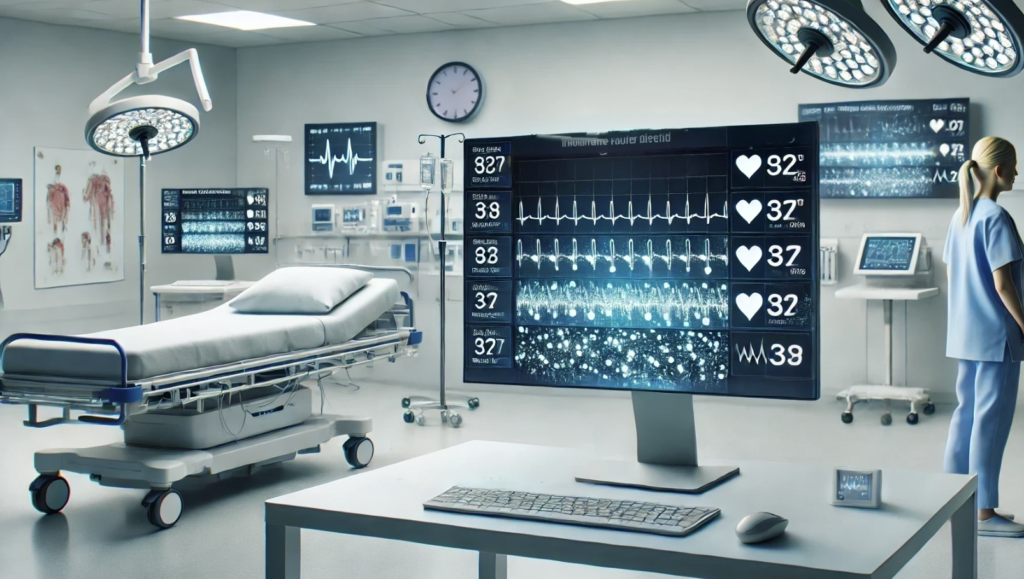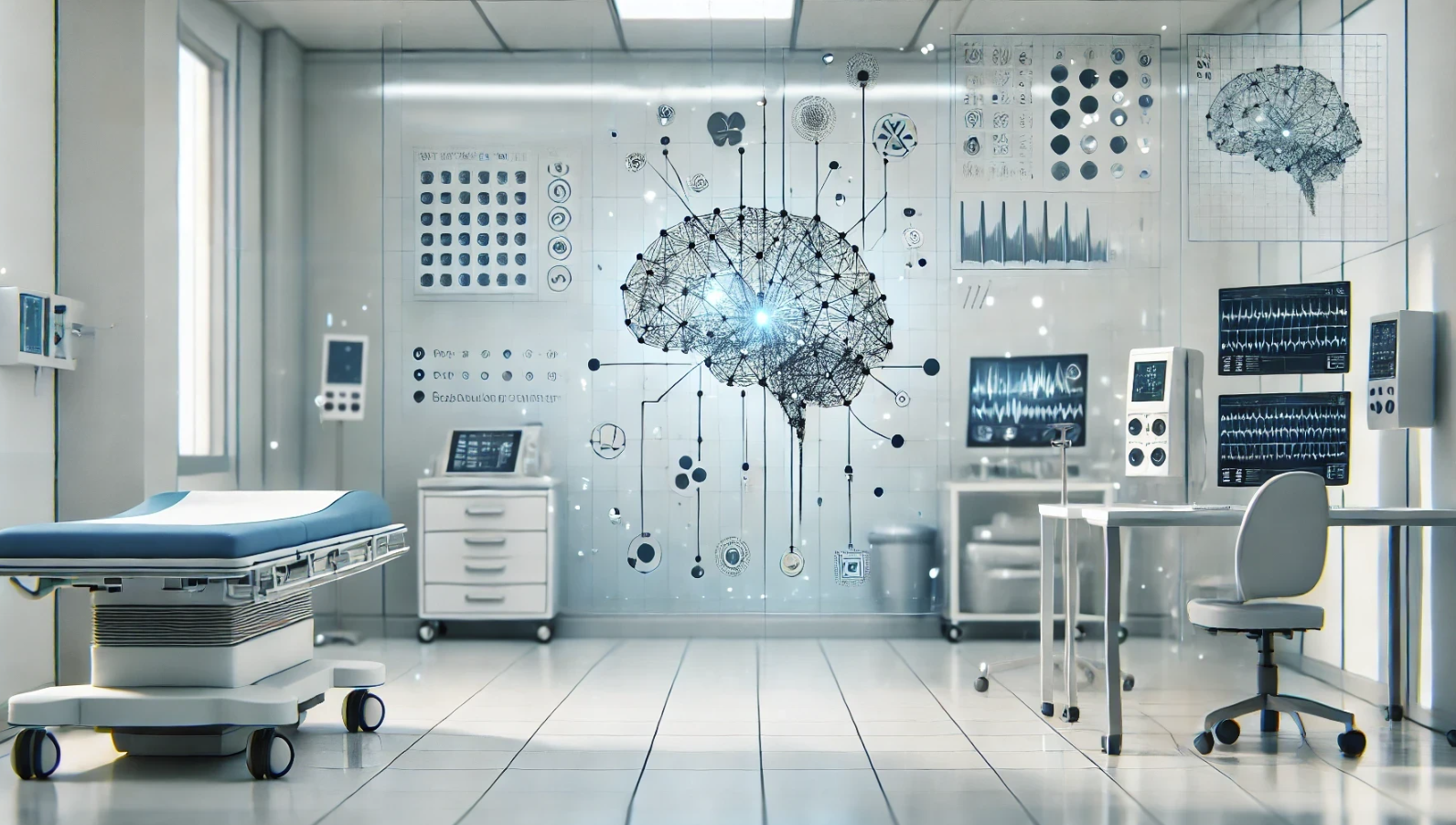Artificial neural networks (ANNs) are reshaping medical diagnosis by enabling faster and more accurate detection and diagnosis of diseases. By simulating the structure of the human brain through deep neural networks, these learning algorithms can analyze complex medical data and assist healthcare professionals in decision-making, leading to better patient outcomes.
Understanding the Role of Neural Networks in Medical Diagnostics
Neural networks have become integral to medical diagnostics due to their ability to process extensive data sets and generate actionable insights. Here are five key reasons behind the growing interest in artificial neural networks for medical diagnosis:
Enhanced Accuracy in Disease Detection: Neural network models are particularly effective in identifying patterns within large datasets, enabling early detection of complex conditions such as colorectal cancer. Studies show that deep learning techniques achieve higher accuracy than traditional methods when applied to medical imaging.
Automated Classification Models: Neural networks can automate the classification of medical images, such as MRI and CT scans. Convolutional neural networks (CNNs), for instance, are widely used for identifying anomalies in medical image analysis.
Predictive Capabilities: ANNs excel in predicting patient outcomes by processing medical history, vital signs, and other health monitoring data. This makes them ideal for real-time diagnostic applications, offering continuous insights into a patient’s health.
Versatility Across Medical Fields: Neural network-based systems are adaptable and being used for a variety of applications, including cancer diagnosis, heart disease detection, and even fault diagnosis in complex medical devices. This flexibility makes them valuable for a broad range of healthcare industry needs.
Integration with Big Data: The capability of artificial neural networks to process big data from patients’ data, such as electronic health records (EHRs), enables data mining and helps healthcare providers gain deeper insights into diagnosis and treatment.
Why Artificial Neural Networks are Crucial for Accurate Detection and Diagnosis
Neural networks play a critical role in modern medical diagnosis by analyzing vast quantities of medical data and providing precise insights. Below are some practical examples of their application in diagnostic processes and data interpretation.
Convolutional Neural Networks for Detecting Tumors in Medical Imaging

Convolutional Neural Networks (CNNs) are a type of deep neural network that specializes in processing medical images for tumor detection. A study in IEEE Access [1] demonstrated how CNNs can effectively identify and classify brain tumors from MRI images, achieving over 95% accuracy.
CNNs analyze the fine details in medical images, such as the shape and texture of tissues, making them ideal for the early detection of cancers. CNNs can automatically distinguish between benign and malignant tumors by recognizing subtle differences that are difficult for human experts to spot. This AI-based approach is transforming diagnosis using neural networks, providing faster and more accurate results.
Healthcare providers using CNNs can streamline their diagnostic workflow, reduce the time required for classification, and enhance decision-making in diagnostic processes. Neural networks in medical diagnosis are becoming essential for improving medical diagnostics in time-sensitive conditions like cancer.
Long Short-Term Memory Networks for Analyzing Patient Vital Signs and Predicting Sepsis

Long Short-Term Memory (LSTM) networks, a specialized form of recurrent neural networks (RNNs), are effective in analyzing time-series data for health monitoring and predicting conditions like sepsis. A study highlighted in Springer [2] explores how LSTM networks analyze continuous patient data, such as heart rate and respiratory rate, to detect the onset of sepsis.
LSTMs are ideal for capturing patterns in data arrays that unfold over time, making them suitable for analyzing vital signs and medical data that fluctuates throughout a patient’s stay in the ICU. By using LSTM networks, healthcare providers can identify sepsis symptoms before they become critical, ensuring timely diagnosis and treatment.
Incorporating LSTM-based models into medical practice helps clinicians predict patient deterioration and improve patient care. These deep learning models can analyze noisy data from multiple sources, providing valuable insights in real-time for intelligent diagnosis.
Deep Neural Networks for Detection of Heart Diseases Using ECG Data

Deep neural networks (DNNs) are increasingly being used for heart disease diagnosis by analyzing ECG data. According to a study published in MDPI Electronics [3], DNNs achieved an accuracy of over 98% in diagnosing heart conditions.
These networks can process extensive training data to identify irregular heart rhythms, which are often indicative of underlying cardiac issues. By learning from input data, DNNs can differentiate between normal and abnormal heartbeats, offering precise classification that aids in early diagnosis.
For cardiologists and healthcare providers, integrating deep neural networks into their diagnosis systems means more accurate interpretations of ECG recordings, leading to better patient management. This AI-powered solution provides a reliable way to reduce manual analysis time and improve diagnostic accuracy in heart disease detection.
Future Impact of Artificial Intelligence on Medical Diagnosis
The future of artificial intelligence in medical decision-making holds both significant potential and challenges. Here’s an overview:
Opportunities:
Personalized Treatment: AI systems analyze genetic data to customize therapies for individual patients.
Automated Workflows: Machine learning techniques reduce manual data processing, allowing healthcare professionals to focus on patient care.
Improved Diagnostic Accuracy: Deep neural networks continue to learn from increasing data availability, enhancing diagnostic precision.
Predictive Analytics: Artificial intelligence systems can predict disease progression and patient risks, helping to manage chronic conditions.
Challenges:
Data Privacy: Protecting patients’ data while leveraging big data for diagnostics.
Interpretability of Neural Networks: Understanding how deep learning models arrive at their conclusions.
Regulatory Barriers: Gaining approval for AI models in clinical decision-making.
Integration with Legacy Systems: Adapting existing medical diagnostics infrastructure to include AI-based systems.
Enhance Your Diagnostic Capabilities with AI-Powered Solutions
For expert advice on integrating AI-based diagnostic solutions and artificial neural networks into your practice, contact us at Neural Board. Our advisory services can help you optimize your diagnostic processes with the latest machine learning-based technologies.
References
- Musallam, Ahmed S., Ahmed S. Sherif, and Mohamed K. Hussein. “A new convolutional neural network architecture for automatic detection of brain tumors in magnetic resonance imaging images.” IEEE access 10 (2022): 2775-2782.
- Hassan, Farman, Auliya Ur Rahman, and Muhammad Hamza Mehmood. “Intelligent Sepsis Detector Using Vital Signs Through Long Short-Term Memory Network.” Proceedings of International Conference on Information Technology and Applications: ICITA 2022. Singapore: Springer Nature Singapore, 2023.
- Avanzato, Roberta, and Francesco Beritelli. “Automatic ECG diagnosis using convolutional neural network.” Electronics 9.6 (2020): 951.
Q: How do types of neural networks differ in medical applications?
A: Types of neural networks, such as deep convolutional neural networks (CNNs) and support vector machines (SVMs), differ in their architectures and learning approaches. CNNs are particularly effective for image data, while SVMs are often used for classification tasks with smaller datasets. Each type has its strengths in specific medical applications.
Q: What role does data availability play in the effectiveness of ANN models?
A: Data availability is crucial for the effectiveness of ANN models. The performance of these systems is heavily dependent on the quality and quantity of data used for training. More diverse and comprehensive datasets lead to better learning and prediction accuracy in the diagnosis of diseases.
Q: Can artificial neural networks be used for the diagnosis of colorectal cancer?
A: Yes, artificial neural networks can be used for the diagnosis of colorectal cancer. By analyzing patterns in medical images and patient data, ANN models can assist healthcare professionals in making accurate predictions regarding the presence of this disease.
Q: How does the application of ANNs compare to traditional statistical analysis in medical diagnosis?
A: The application of ANNs often provides more robust predictive capabilities compared to traditional statistical analysis. While statistical methods may struggle with high-dimensional data, ANNs can model complex, nonlinear relationships, making them more effective in diagnosing diseases based on intricate patterns.
Q: What are the benefits of using machine learning-based approaches in medical diagnosis?
A: Machine learning-based approaches, including the application of ANNs, offer several benefits in medical diagnosis, such as improved accuracy in prediction, the ability to process large datasets, and enhanced adaptability to new data. These advantages can lead to earlier detection and better treatment outcomes for patients.

